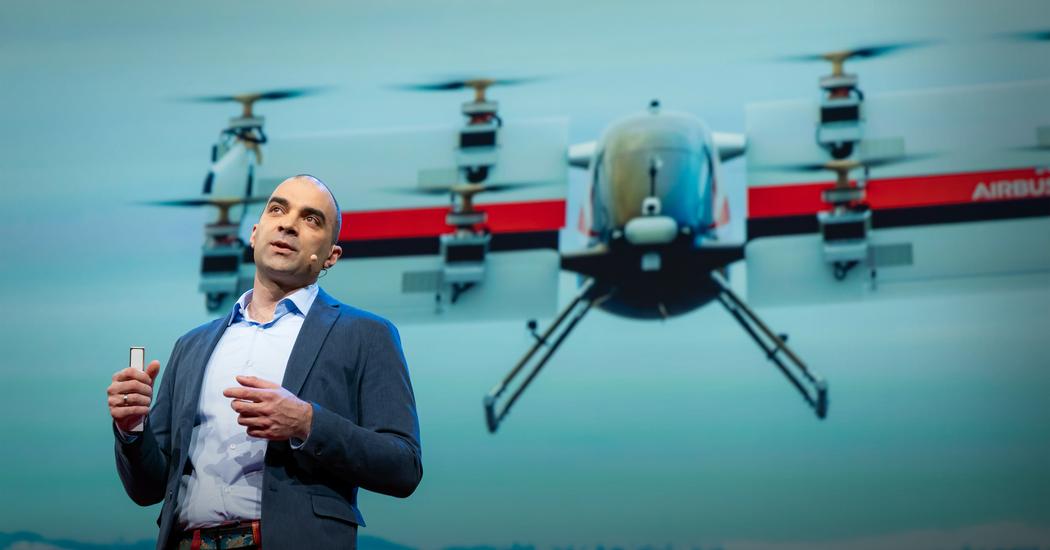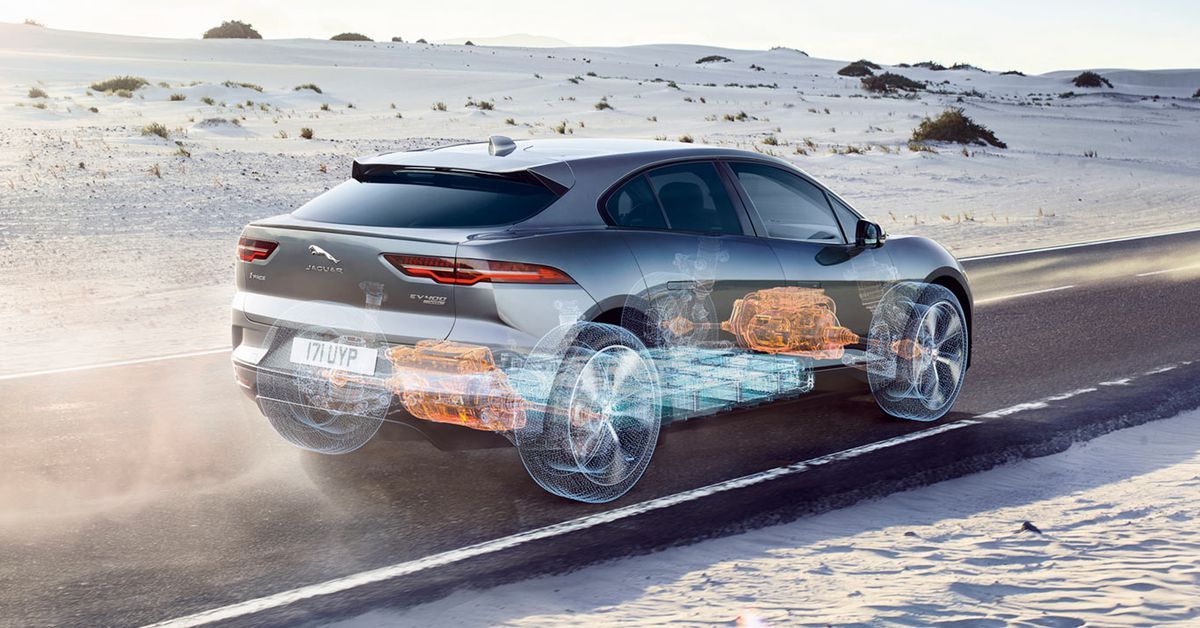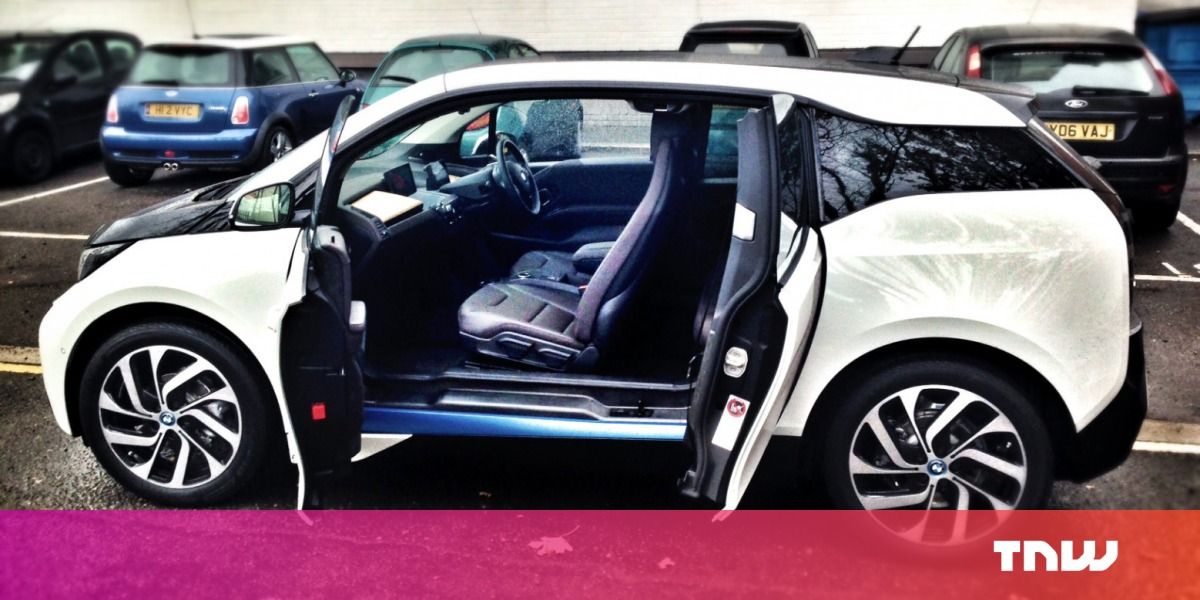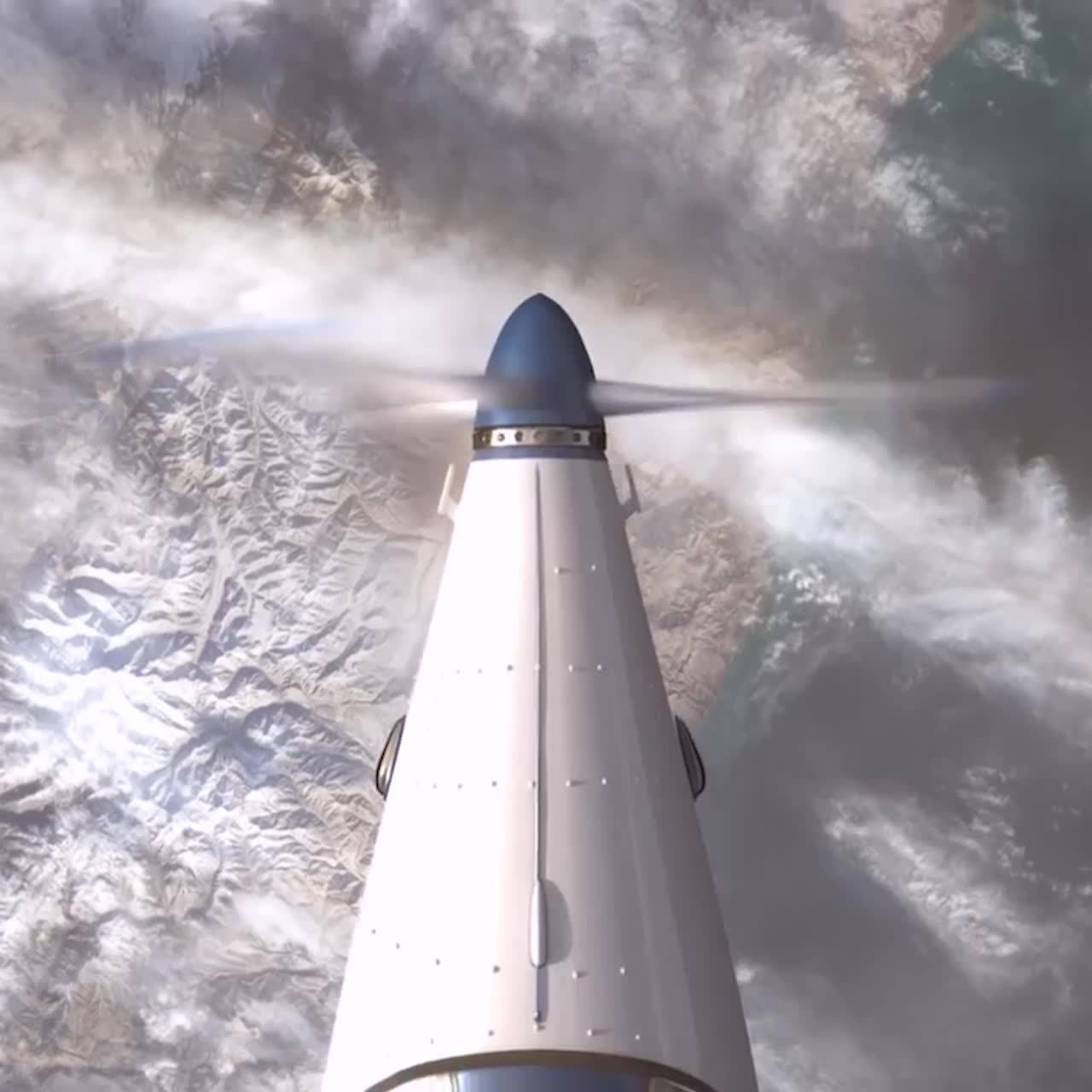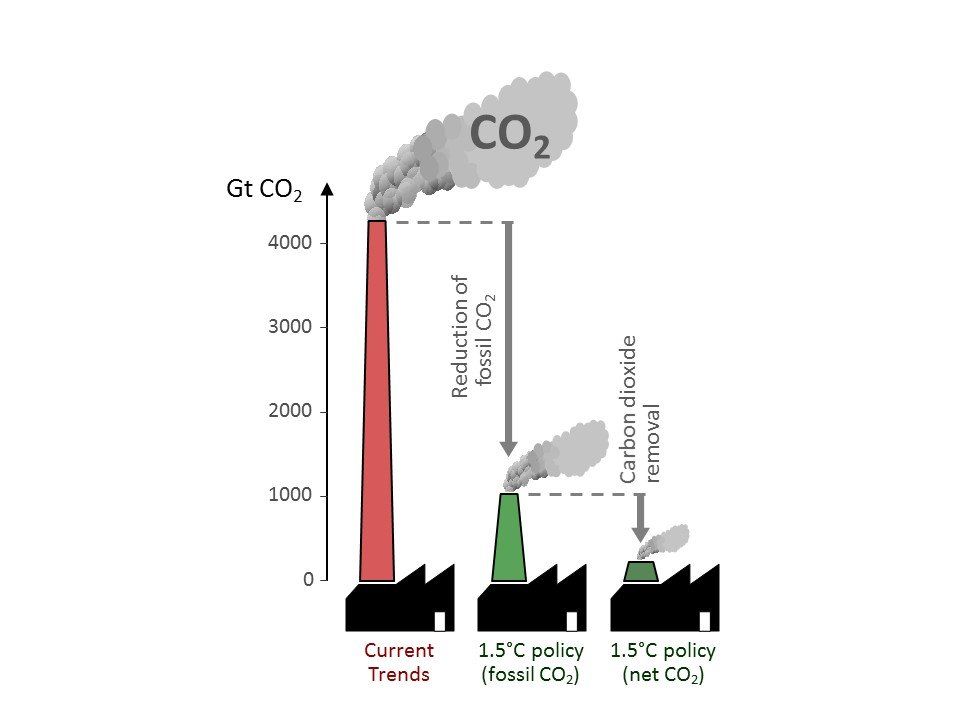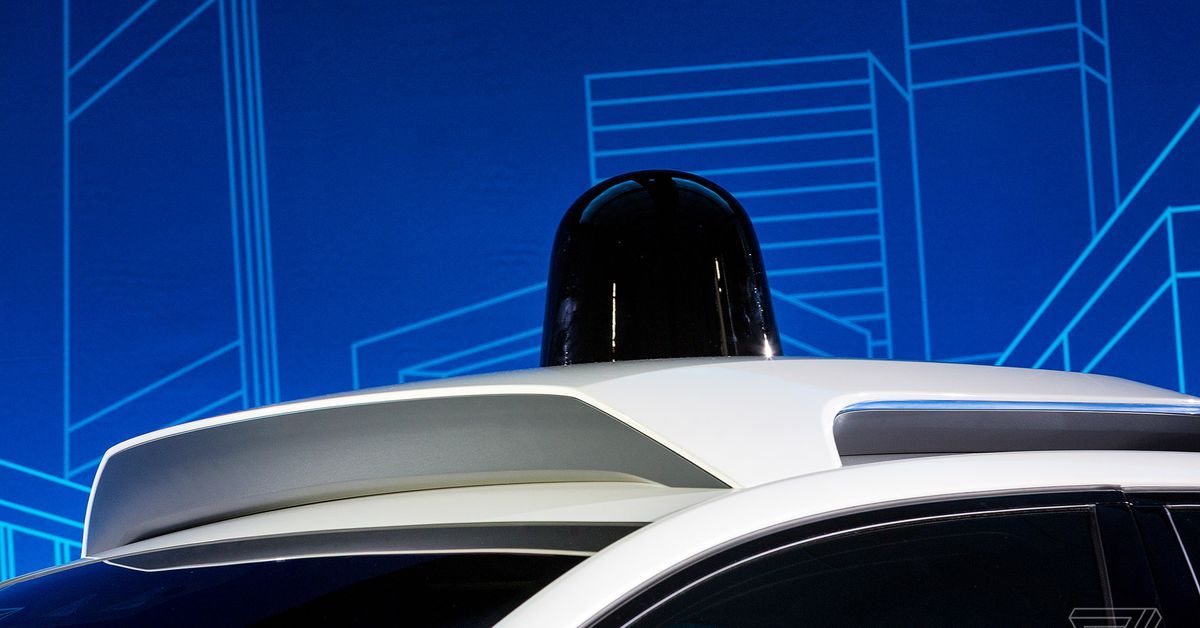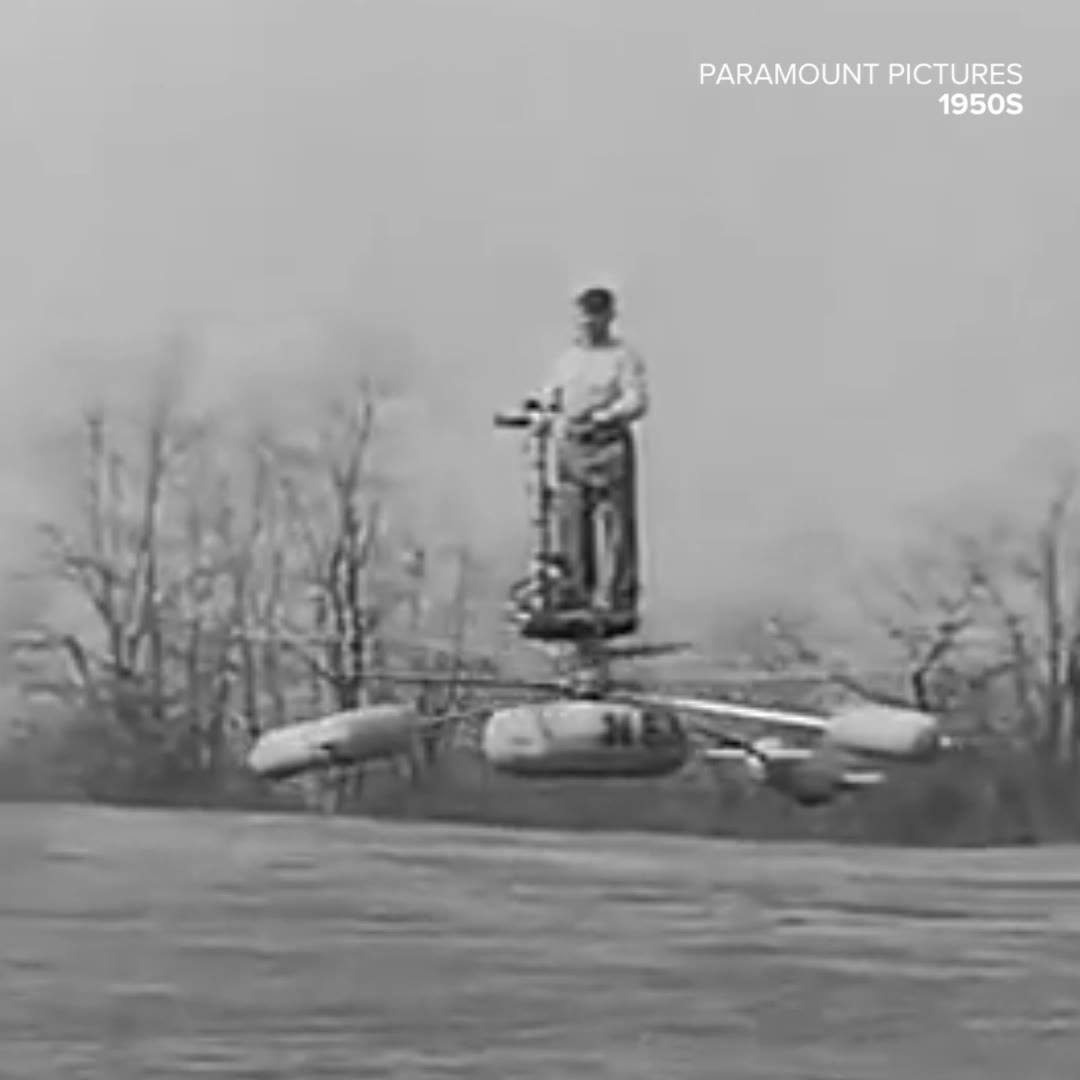Jun 30, 2018
Boeing to unveil mystery plane that will ‘change the future of air power’
Posted by Klaus Baldauf in categories: futurism, transportation
B oeing, one of the world’s biggest aircraft manufacturers, is poised to unveil a “robust” new plane that will be “changing the future of air power”, the company claims.
The secret aircraft has a ‘Batmobile’ style, according to a teaser video posted on Twitter of the plane by Phantom Works, Boeing’s advanced design division, which has focussed on several highly classified projects.

